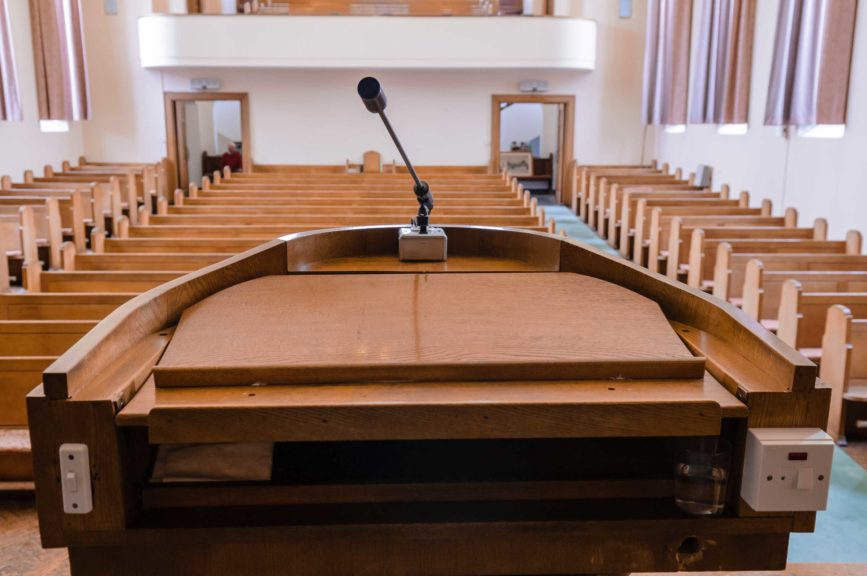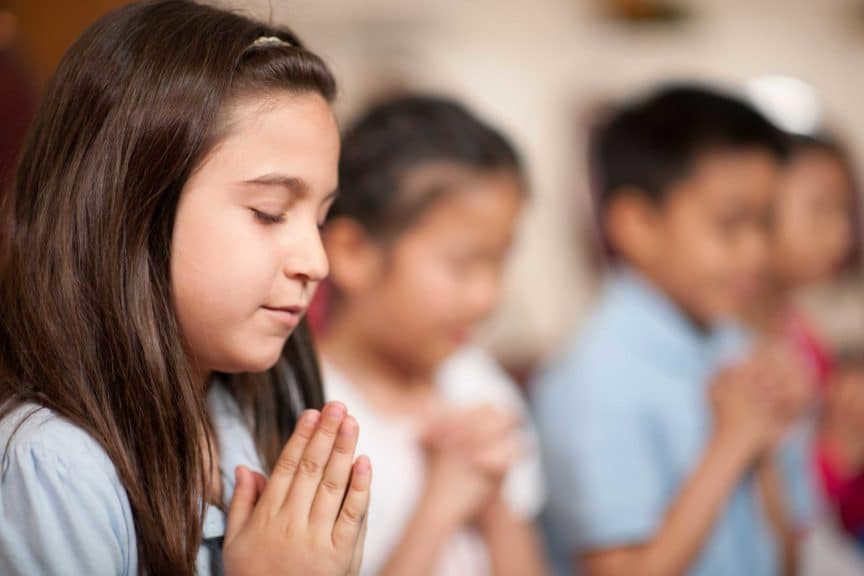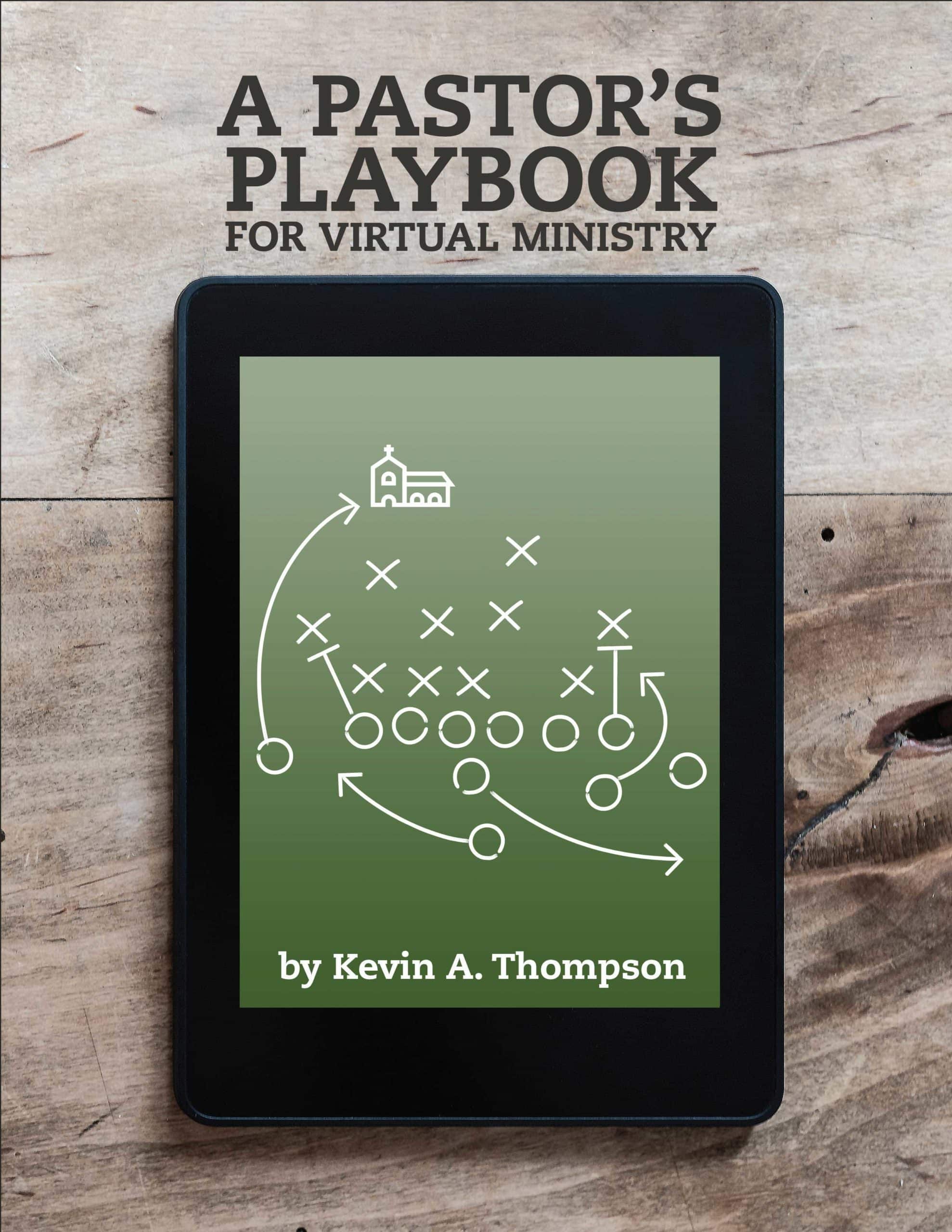This is the current million-dollar question. What will church look like as we move forward? The answer? Well, “reopening” church could look very different for everyone in the upcoming weeks, months—possibly stretching into next year.
With that in mind, we’ve been listening in on a lot of conversations from ministry leaders, publishers, magazines, and researchers.
From what we’ve heard, reopening rural churches will look different from urban churches, large churches will look different than small churches … you get the picture. It will even look different for different segments of your congregation.

We’ve compiled a few ideas on how we can continue serving our church bodies and our local communities during this time.
(And we have a webinar coming soon! We’ll be hearing from 2 ministry leaders on what re-entry could look like and how we can prepare for ministry on the other side of COVID-19. Look for that coming soon!)
Whatever ways you choose to move forward, stay encouraged that God’s Church will not fail.
Upon this rock I will build my church, and all the powers of hell will not conquer it.
Matthew 16:18 (NLT)
A New Reality
Simply because we are ‘allowed’ to reopen churches doesn’t mean we should rush to open our doors without a well-thought-out plan. We need to not only have an overall plan for our churches, but also a plan b, and a plan c.
Along with that, we need to think about the different segments of our congregations in order to best meet their needs.
It is likely that many elderly or at-risk people within your congregation will not be back the first day your doors open. What are the options for them?
What about the families in your ministries? Do we think they are all ready to send their kids into an atmosphere, when we all know they won’t be wearing masks the whole time or properly distancing from one another? Kids will be kids (and we want them to be)!
These are hard questions that we need to weigh out and prepare for. How do we make our ministries safe and trustworthy during this time? We have to care for the safety of others. If we do not, people will not feel cared for and valued, and it could hurt our churches in the long run.
Yes, have faith. Yes, do not be fearful. But also care for those around you with the upmost love and take their needs into consideration. Their need for feeling safe will be a factor as we move toward re-entry.
And it will look very different from church to church.
Your congregation’s need for feeling safe will be a factor as we move toward re-entry.
Reopening: Digital Options
As soon as churches stopped meeting at in-person events, many of us—including those who didn’t have the capabilities before—began sending messages out via recordings and livestreams. It was amazing to watch the church pivot as a whole.
Virtual became the new normal. It became a new way (for many of us) to connect within the church.
We’re here to say: Keep it up.
Keep Those Live Streams Going
Streaming worship and recording sermons should continue—especially in order to keep meeting the needs of those who will not return once the building is reopened. You will still want to make sure these groups continue to feel they are part of your church.
This will help them feel connected to your community and up to date on what’s going on at church once they decide a re-entry time that is best for them.
And keep those kidmin-fun lessons in full swing. We’ve been seeing awesome videos of kids interacting with their leaders this way.
Virtual Small Groups

Small groups meeting via virtual options like Zoom, FaceTime, etc. should keep meeting! Or even should begin for those in more vulnerable groups.
These actually can be great ways for people to meet for small groups, without having to take a lot of time out of their days, and without the risk. There are busy people out there who don’t have time to get a babysitter or work, fix dinner, and still make it to small group—or take their kids to a small group.
So, keeping some of these options available can help those busy families as we move forward. Many of them want so desperately to be a part of a group, but they just can’t find the time or resources to do so. Digital options like this make that possible. And kids love seeing their teachers’ and peers’ smiling faces.
This isn’t to say we shouldn’t meet in person (there’s just something about it, right?)—but why can’t we also meet virtually?
By doing this, we could, in fact, be making a big impact that we weren’t making before.
Create or Continue Touchpoints
Emailing, texting, and calling should all continue as touchpoints within the body. Again, it’s so important to keep in touch with your church community. Just because someone isn’t ready to attend church in-person, doesn’t mean they aren’t wanting to be part of the church body.
This pandemic will have affected everyone differently. There will be real traumas that we will have to walk through after this—like helping children cope with worry for example, or even recognizing abuse. So, we should make every effort to stay in contact with people.
If you want to set this up and give certain volunteers names of people to keep in touch with, that could help. Or maybe one week, you want to reach out very intentionally to the families in your church.
Either way—it’s important to communicate, and then over-communicate. Hearing from different people could help spread goodwill and joy to one another during this crazy time we are facing.
Reopening: In-Person Options

And, here we go!
Some of us are hesitant, while others are very anxious and excited to reopen the doors. All of the feelings are real and relevant. There really is not one right way to do it. The only right way is to make sure it is safe for those who wish to be there.
That being said, there is definitely a wrong way. Again, if we are not being mindful of the safety of our congregants, then we are doing them a disservice.
As I said earlier: Yes, have faith. Yes, do not be fearful. But also care for those around you with the upmost love and take their needs into consideration. Their need for feeling safe will be a factor as we move towards re-entry.
If we are not being mindful of the safety of our congregants, then we are doing them a disservice.
It would also be great to check out these federal guidelines for opening up America, and the guidelines for your individual states, as we look to get back together.
Parking Lot Church
Parking lot church has become a thing in some areas, whether using speakers or an FM transmitter to pull it off. Churches have people pull up in their cars—where they can roll down the windows or keep them up in order to safely take part in a live worship service.
And going forward, some are talking about implementing social distancing in parking lots where people use lawn chairs to spread out and worship together.
Parking lot services tend to be shorter, as churches are keeping their actual building doors (and bathroom doors!) closed, as to not create more of a risk in spreading the virus.
This is a great idea for getting everyone together without worrying about having a high-risk environment.
And it’s a great way to include kids! You could have a short kid-focused message or intro activity before the pastor speaks. Or maybe even make a full service focused on the children in your ministry!
In-Person in Smaller Groups
Reopening for Adults
Some churches are talking about having small groups meet at the church at different times. They plan to clean between services, have certain areas closed off, and have some regulations for what it looks like.
Some churches are segmenting by number of people, some are segmenting by risk levels. Do we make the first services of the day for the elderly and at-risk? That’s a question to think about!
These churches are also looking to offer more service times using a reservation system—maybe through Facebook or other software. This allows the church to cap how many people are in the building in order to keep it safe for those attending.
Reopening Kidmin
There are also churches who are opening their kidmin straight away, and those who are not. When doing this, you’ll want to think about how many kids you’ll allow in a room.
Will they be required to wear masks and keep apart? Will this hurt or help their experience within the church? When really is the right time to facilitate their gathering together?

It also becomes a question of which age levels you open up. Does the nursery stay closed since we can’t guarantee that babies won’t slobber all over one another? It seems silly, but these are real questions to ask ourselves as we look at re-entry.
Regulations to Keep in Mind
New regulations may include: recommending wearing masks, eliminating gathering places in lobbies (couches, tables, etc.), not serving food or drinks, not having fellowship times, having a restroom attendant so people don’t have to touch doors, spacing seats apart within the sanctuary, not passing the offering plate, not passing out a bulletin, taking temperatures, reducing the amount of toys and books in classrooms, creating sets of supplies (crayons, play dough, etc.) for each child, and wiping down all open rooms between services/groups.
The list goes on! Again, you’ll want to check out the federal guidelines for opening up America. And this might be the perfect time to revisit your child wellness policy.
These are some things to think about as you look to re-open your church building.
House Churches
Smaller house church gatherings may become an option for your church as well. This can work as a transition to reopening your church doors. You can have people volunteer to host—either to facilitate a small-group learning or host a watch-party.
A small-group facilitation might look like you allowing each house to decide what to cover, or you could suggest the topic and send materials. If you have houses host a watch-party, it might look like them streaming the service, then having prayer and fellowship together after.
It could be that your Sunday school groups or already-established small groups meet together using the materials they had been using pre-COVID. If families with children gather, they could even include the kids in this by using the curriculum activities they are used to doing at church, or even use simple lessons parents can lead.
Keeping gatherings to less people, in a smaller environment, and with the same group each week, could help ease people into meeting together and actually strengthen community within your church.
Reopening Church and Moving Forward
However we choose to move forward, it’s important that each of us looks to our congregations in order to meet their needs. It will take planning, innovation, planning again, making some mistakes, and extending and receiving a lot of grace for us to really get it right.
No matter what—we know that God is with us. He goes before us, He is in the middle of these messy times, and He will remain faithful.
The LORD himself goes before you and will be with you; he will never leave you nor forsake you. Do not be afraid; do not be discouraged.
Deuteronomy 31:8 (NIV)

A Pastor’s Playbook for Virtual Ministry

A Pastor’s Playbook for Virtual Ministry








